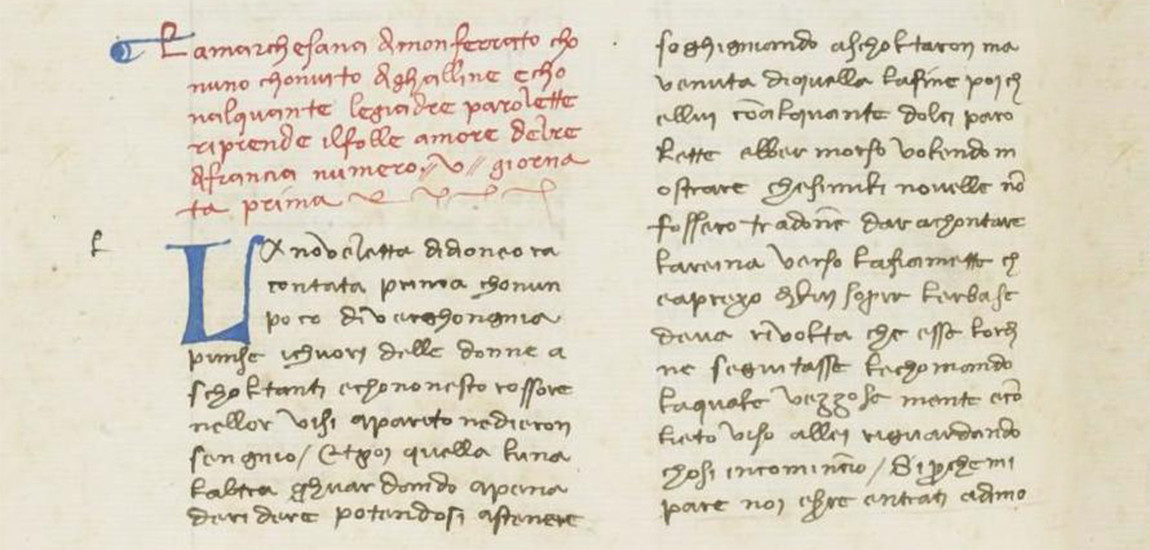
The origins of the Italian language
Woe to speak ill of Florence to a Florentine, you could trigger a very heated discussion. Florentines have always been known for their patriotic spirit, proud of their city and their origins. We can't blame them after all, considering that in the past Florence has really played a key role in the development of arts and culture in Italy. It is not surprising therefore, that its contribution was decisive in the affirmation of the Italian language itself.
Latin origins
Italian, it is known, originally derives from Latin, which was imposed as an official language by the Roman Empire. Although there was a standard form of Latin, within the vast empire different types of spoken Latin gradually emerged, changing from region to region. From the fifth century. AD, after the fall of the Roman Empire, standard Latin remained in use exclusively for writing, while from the numerous forms of spoken Latin - in Italy, as well as in other parts of the former empire - different types of languages were born.
From Florentine to Italian
In 1300, Florence was an established economic and political power, as well as a fundamental cultural center of Italy, with artists and writers setting ever higher standards for the art world. Literary works such as Dante's Commedia, Petrarch's Canzoniere and Boccaccio's Decameron, had great success and soon became the linguistic model to follow not only for other Florentines and Tuscans, but also for writers throughout Italy.
The invention of printing favored the circulation of books, and the Florentine vernacular earned so much prestige that it was taken as a model also for the spoken language.
It was in the sixteenth century that the "language issue" was investigated more thoroughly, leading to the definition of a linguistic rule that saw the Florentine becoming the basis of the Italian we know today.
As for the spoken language, things will go slightly different. The modern dialects, which derive from the other vulgars present on the Italian territory, will continue to be many and heterogeneous, however fundamental. In fact, they will remain the main form of communication until the mid-twentieth century, since academic Italian was used almost exclusively in the written language.
A decisive contribution to the codification of written Italian was given by Cardinal Pietro Bembo through his publication of 1525 entitled "Prose of the Vernacular Tongue".
Here the cardinal, despite his Venetian origins, indicates as the literary language par excellence the fourteenth-century Florentine, inspired by Boccaccio's Decameron.
It should be noted that although the main models for the Italian language were Dante, Petrarca and Boccaccio, that of Dante was gradually excluded because it tended to a pluristylism that was difficult to codify in fixed rules.
The model of the literary Florentine indicated by Pietro Bembo still triumphed almost a hundred years later, in the Vocabolario della Crusca, published in 1612 in its first edition.
In the 19th century it was Manzoni who re-proposed as landmark the language spoken by the Florentines.
Indeed, in a written report of 1868, he suggested the employment of Tuscan teachers in schools and field trips to Tuscany for all students.
Eventually, the fourteenth-century Florentine model was reconfirmed as the matrix of the Italian language, in the twentieth century, when we proceeded with the gradual homogenization and affirmation of today’s Italian.
We can allow the Florentines to brag a little after all, can’t we?



